I'm new to Python and trying to perform linear regression using sklearn on a pandas dataframe. This is what I did:
data = pd.read_csv('xxxx.csv')
After that I got a DataFrame of two columns, let's call them 'c1', 'c2'. Now I want to do linear regression on the set of (c1,c2) so I entered
X=data['c1'].values
Y=data['c2'].values
linear_model.LinearRegression().fit(X,Y)
which resulted in the following error
IndexError: tuple index out of range
What's wrong here? Also, I'd like to know
- visualize the result
- make predictions based on the result?
I've searched and browsed a large number of sites but none of them seemed to instruct beginners on the proper syntax. Perhaps what's obvious to experts is not so obvious to a novice like myself.
Can you please help? Thank you very much for your time.
PS: I have noticed that a large number of beginner questions were down-voted in stackoverflow. Kindly take into account the fact that things that seem obvious to an expert user may take a beginner days to figure out. Please use discretion when pressing the down arrow lest you'd harm the vibrancy of this discussion community.


